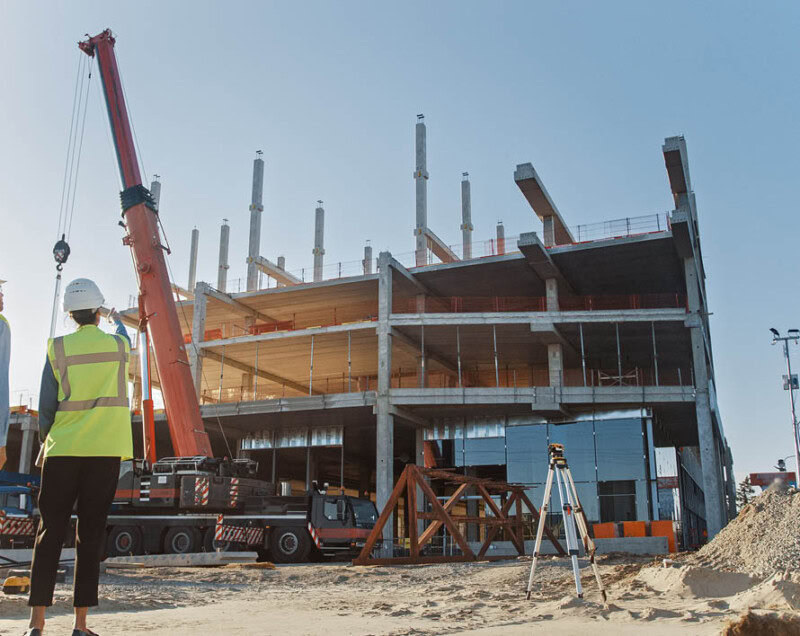On January 6, 2023, the US Environmental Protection Agency (EPA) announced their proposal to lower the National Ambient Air Quality Standards (NAAQS) for particulate matter of 2.5 microns or less, also called fine particulate matter, or PM2.5. Three key takeaways to be aware of:
1. EPA is proposing to lower the annual standard and retain the 24-hour standard.
- Lowering the Primary Annual Standard from 12 µg/m3 to 9-10 µg/m3, with potential consideration for limits as low as 8 µg/m3 and as high as 11 µg/m3.
- Retaining the Primary 24-Hour Standard of 35 µg/m3.
2. The proposed annual level is right around the current national average, meaning that more areas of the country will likely be classified as being in “nonattainment” of the NAAQS.

3. In addition to lowering the PM2.5 standards, EPA is also proposing updates to the national monitoring program for PM2.5 to include additional monitoring in at risk communities and consideration of an environmental justice factor, which, according to EPA “that accounts for proximity of populations at increased risk of PM2.5 -related health effects to sources of air pollution.”
The PM2.5 NAAQS State Implementation Plan (SIP) Requirements Rule (Renewal) expires on January 31, 2024, so the new standard is expected to be set by the end of 2023. For more information: EPA NAAQS
As the Biden Administration and EPA work to make environmental regulations more community-protective, unexpected implications will continue to arise. Facilities and industries that have not previously been considered significant contributors to air quality impacts may find themselves newly or additionally obligated under the broad scope of NAAQS enforcement. As standards for naturally occurring hazards like PM2.5 push closer to background levels, industry and company leaders need to understand and assess the risks to their business continuity and permitting and compliance programs.
For more information on how this change might impact your business, connect with CTEH subject matter experts today!




